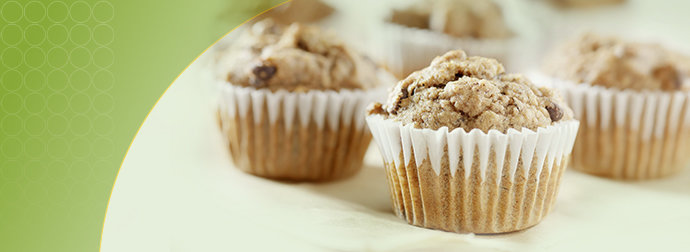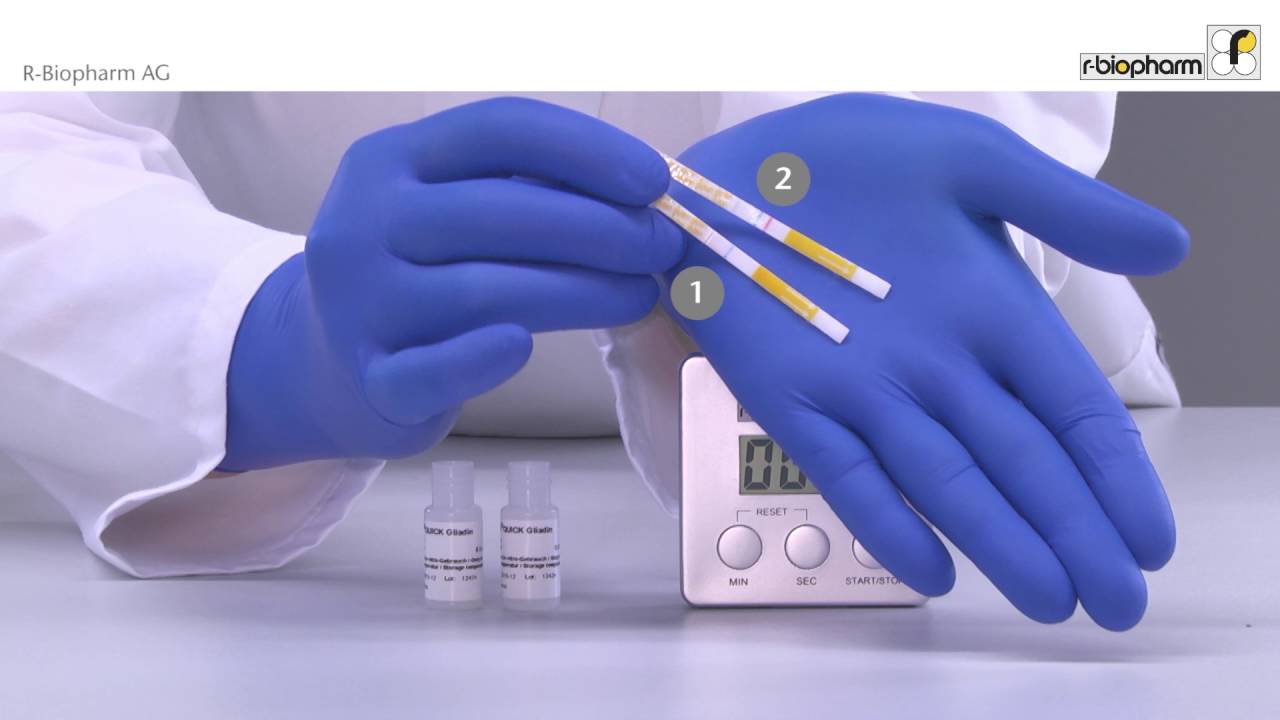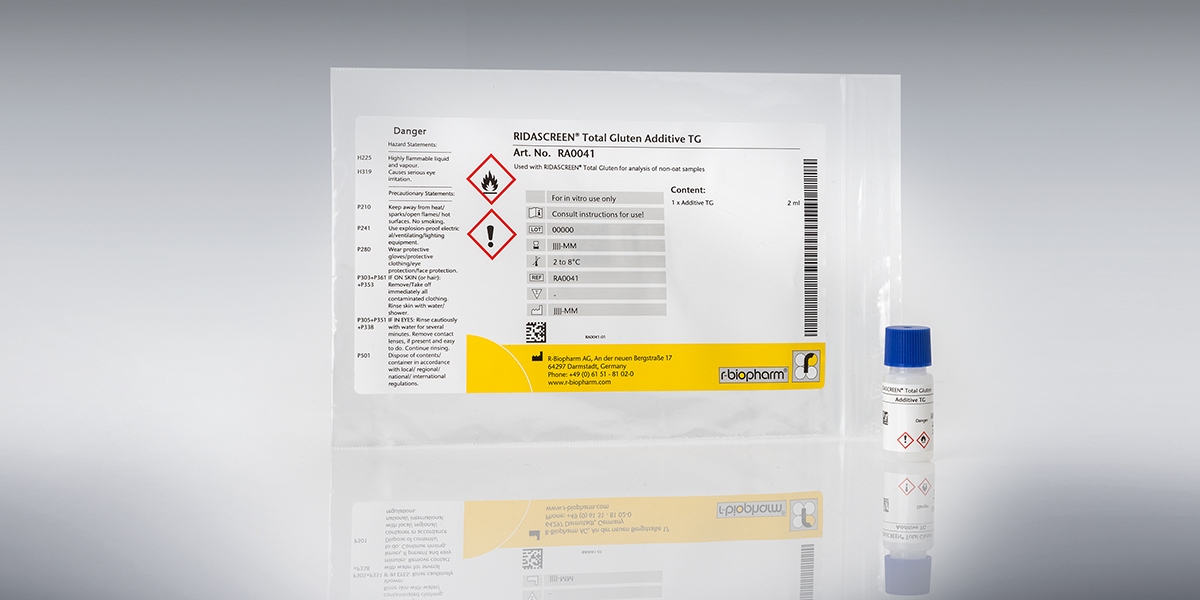
Recent news in Food & Feed Analysis
- Home
- /
- 5 essential tips for...
5 essential tips for preventing gluten cross-contamination

For International Coeliac Day, we are taking a closer look at gluten. Although there has been an increased awareness of food allergies and intolerances in recent years, there is often still uncertainty when it comes to cooking for coeliacs. Here’s what to look out for when preparing gluten-free meals.
People suffering from coeliac disease or gluten sensitivity must follow a strict gluten-free diet. In recent years, some improvements have been achieved for affected people: Gluten has to be labelled on the list of ingredients, the supply of gluten-free products has increased, and the possibilities of eating out have become more diverse. Yet, there is still the risk of eating gluten accidentally. The risk of cross-contamination is especially high in factories and kitchens that produce or prepare gluten-free products as well as foods containing gluten. For example, natural gluten-free foods such as buckwheat flour and polenta are often contaminated with gluten unless explicitly labelled as gluten-free.
Sources of risk in production and laboratory
Cross-contamination is an especially big problem when handling flour containing gluten. Where cereals are milled or flour is processed, flour dust occurs. Flour dust spreads around the room and can settle on foods, surfaces, towels and work clothes. This makes it almost impossible to avoid contamination.
Grain dust can also occur in the laboratory during sample preparation. Gluten contamination in the laboratory is problematic because it can lead to false-positive results. The fact that flour residues are usually very unevenly distributed is an additional difficulty for the analysis. Therefore, laboratory staff should always wear gloves and clean surfaces and equipment with ethanol (60%) prior to analysis. When analyzing raw goods, extraction and test implementation should be carried out in separate rooms.
As people suffering from coeliac disease may react even to small quantities of gluten, special precautions should be taken in order to prevent cross-contamination, in addition to usual hygiene measures.
Tips for avoiding gluten contamination:
- Clean all surfaces and utensils carefully before starting work (pots, pans, baking tins, cutlery, cooking spoons, dishes etc.).
- Wooden utensils are difficult to clean. It is advisable to use easy-to-clean utensils made of glass or metal, or to use separate utensils exclusively for gluten-free food.
- Always store gluten-free products and foods containing gluten separately (separate jars, bread baskets etc.).
- Gluten-free foods and products containing gluten should be prepared in separate pots or pans. Alternatively, the gluten-free meal can be prepared first, and the meal which contains gluten is cooked subsequently.
- When serving gluten-free bread or cake, make sure to use separate chopping boards, knifes and cake lifters. It is also important to ensure that no crumbs of bread containing gluten get into butter or spreads.
Detect gluten contamination in your working environment
When producing or preparing gluten-free foods, you should test working surfaces for gluten contamination as a part of your allergen management. The easiest way to test for contamination is a dipstick. Those test strips are easy to use and provide results in only 5 minutes. The following video shows how a swab test is performed using the RIDA®QUICK Gliadin dipstick:




